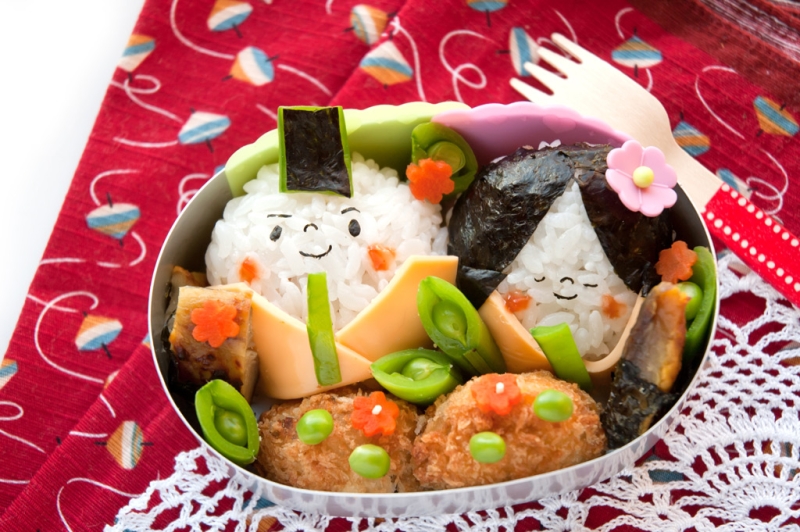
In this article we will talk about snacks that can be bought almost anywhere, such as supermarkets or convenience stores. You can take your favorite delicacies with you as souvenirs for family and colleagues. By the way, it is the custom of the Japanese to bring edible gifts from the places they have visited, so your Japanese friends will be delighted to receive chocolate, gingerbread or marmalade from Russia.
Top 7 snacks and drinks that are worth bringing from a trip to Japan
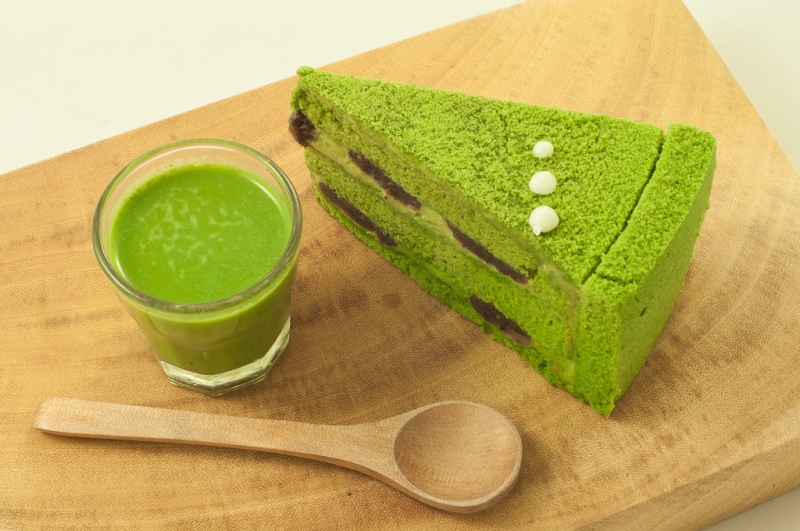
1. Let’s start with the well-known – green tea. Our recommendation is genmaitya(玄米茶)—tea leaves with roasted brown rice, with a mild taste and delicate aroma, as well as powdered tea matcha (抹茶),
contains a large amount of antioxidants, prevents cancer and heart disease, promotes weight loss. Matcha is traditionally used in the Japanese tea ceremony. It can not only be brewed, but also added to baked goods.
In addition to tea itself, tea-based products are popular in Japan. For example, one of the most common edible souvenirs (besides chocolate and cookies) is green tea candies. The common name for green tea sweets is matcha okashi (抹茶お菓子).
And be sure to try the ice cream and sweet rolls with green tea, these delicacies are light and melt in your mouth!
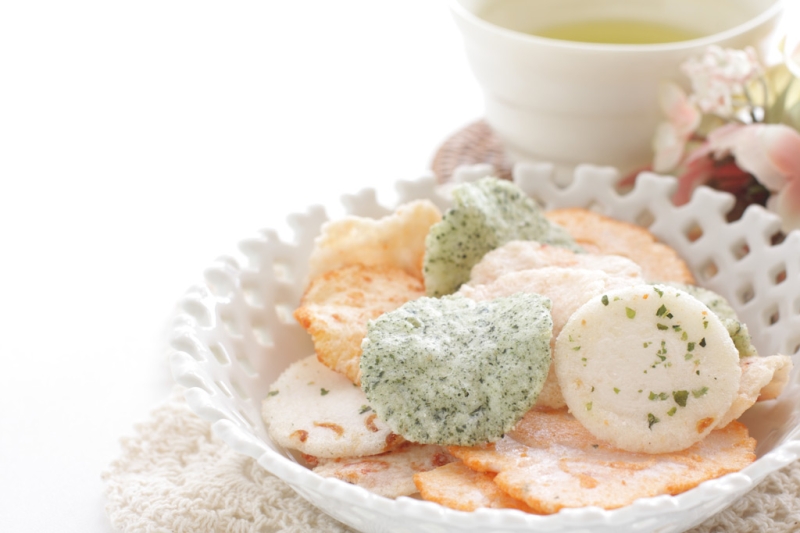
2. The Japanese often bring as gifts to foreigners senbei (せんべい、煎餅 – dry rice cookies of various types, they can be both sweet and salty, with or without a pattern. Depending on the prefecture, senbei can be brown, pink, or in the form of large pancakes or small cookies. Senbei also comes with crab, green tea, garlic, soy sauce, sesame, seeds, nori seaweed, etc. Seafood lovers will love shrimp cookies (ebi senbei). Salty senbei is good as a snack with beer.
Senbei is not the cheapest pleasure, but the taste is worth it. The easiest way is probably to start with an assortment package, then you will already understand what kind of cookies suits you and buy just one type.
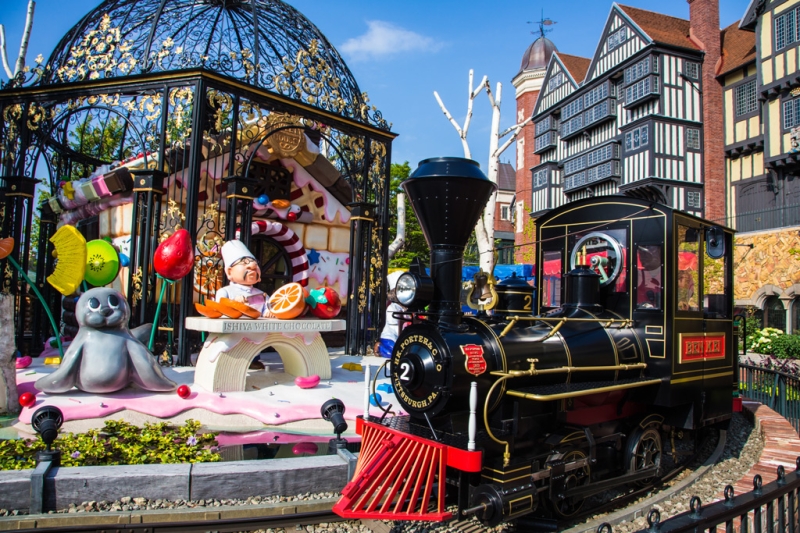
3. If you’re heading to Hokkaido, don’t forget the local cookies White Sweetheart(shiroi koibito, 白い恋人) – crispy, with white or dark chocolate inside. It is produced by the Isia company, a brand founded in 1976. The word “white” is a reference to snow-capped mountain peaks, and tourists often take this souvenir back as a reminder of their wonderful trip. To preserve memories after the cookies are eaten, they can be purchased not only in cardboard boxes, but also in beautiful tin boxes with a lock, reminiscent of a chest. Such a box is suitable, for example, for storing tea or postcards from trips.
Tip for the excursion: visit the chocolate factory in the Siroy Koibito theme park and make your own heart-shaped cookies. There you can also visit an exhibition of old toys, ride a miniature train and go to a chocolate drink shop.
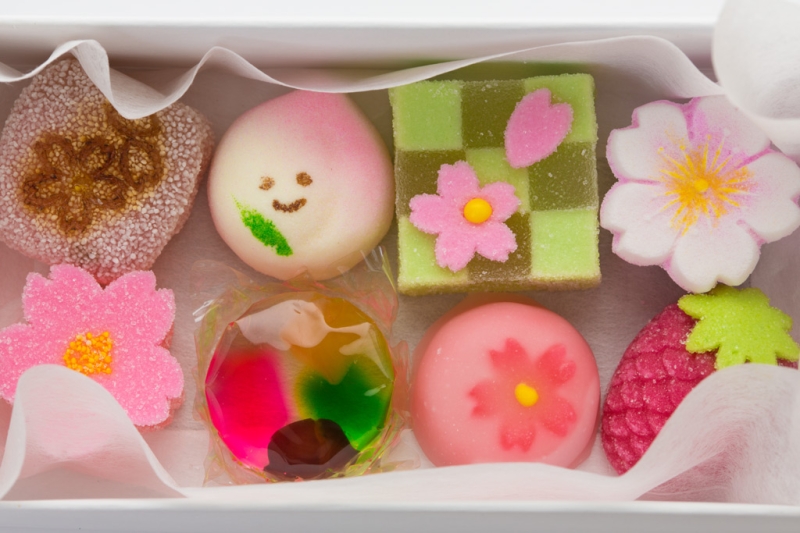
4. Wagashi (和菓子) – traditional Japanese sweets.
“Wa” means “Japan”, “gashi” is a modified “okashi”, that is, sweets. It is curious that the word “okashi” does not mean sweet in our understanding – some Japanese delicacies may seem almost tasteless or strange, because the Japanese use sugar in limited quantities, as well as products that are unusual for us, for example, anko bean paste (餡子). Anko is sweet for a Westerner, but not everyone likes it. Other possible ingredients are fern starch, yokan jelly, rice and rice flour, sweet yam, chestnut, herbs. In any case, it’s worth a try for the unusual sensations.
There are quite a few types of wagashi. Seasonal sweets (kisetsu no okashi, 季節のお菓子) are suitable as an assortment. They attract attention with the fineness of their workmanship and the elegance of their form – they are made in the form of flowers, leaves, fruits, and are sold in boxes similar to candy.

5. For lovers of wasabi (わさび) – complete freedom.
Let’s say we make a horseradish liqueur, and in Japan you will find ginger ale with wasabi (non-alcoholic only) or beer with wasabi.
What Westerners haven’t thought of is adding horseradish to ice cream, but in Japan you can easily find a cold treat with wasabi. If you like KitKat, look for it in every store, only in Japan you will find the most amazing flavors including wasabi, corn, sake and much more.
Japanese noodles deserve special mention; It seems that there is nothing simpler and more primitive than it, but it is really very tasty! And you guessed it, they also make it with wasabi. Don’t get too carried away with shopping in stores – there are places around every corner in Japan that offer a variety of freshly prepared noodles.
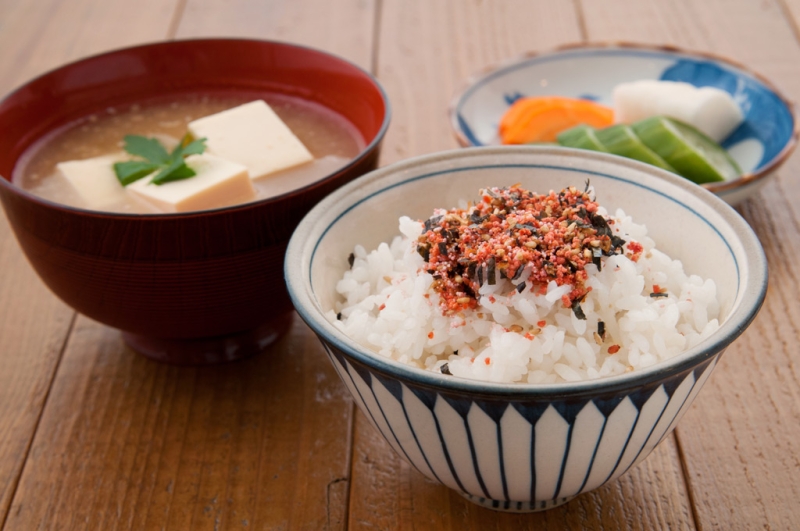
6. Check out what Japanese seasonings are. Thinking about wasabi again, bulk seasonings are available in combination with other ingredients, such as sesame. The product “Seven Flavors” (七味、shitimi) is popular.
If you love rice, don’t miss furikake (ふりかけ). This is a Japanese seasoning that is sprinkled on cooked rice (there is no need to salt it when cooking). Again, my eyes widen from the many types – with tuna, plum, beef, egg, etc. It’s better to buy a set – a package with small bags.
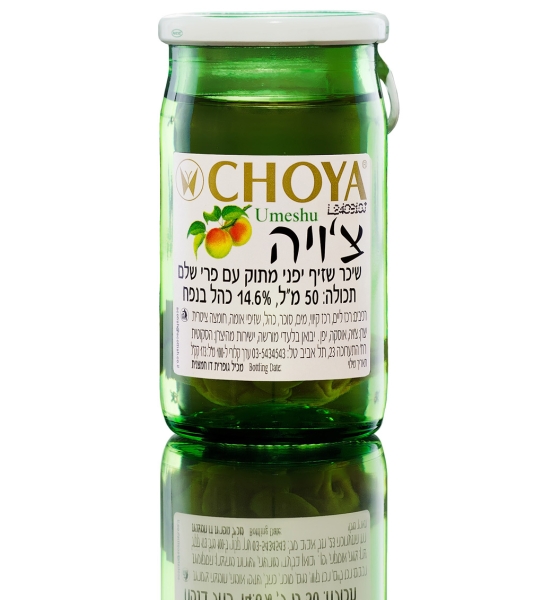
7. If we talk about drinks, of course, the most popular is sake, but not everyone likes it. Our recommendation is umeshu plum wine (梅酒),
especially since it is easy to buy not only in a bottle, but also in a tetra pack, which is convenient for transportation. Of course, plum wine is also available here, but Chinese is more often found on sale, and it differs in taste. Interestingly, the Japanese drink diluted umeshu, adding ice to it. A drink from the same category is yuzushu (柚子酒),
tangerine liqueur, it has a more subtle and rich taste.
There are many vending machines with drinks in Japan, don’t miss them: green tea, buckwheat tea, coffee and even soup! Red indicates hot drinks, and blue indicates cold drinks.
See also: How to experience a gastronomic orgasm in Andalusia.
More on the topic: The best cafes and restaurants in Crimea.

